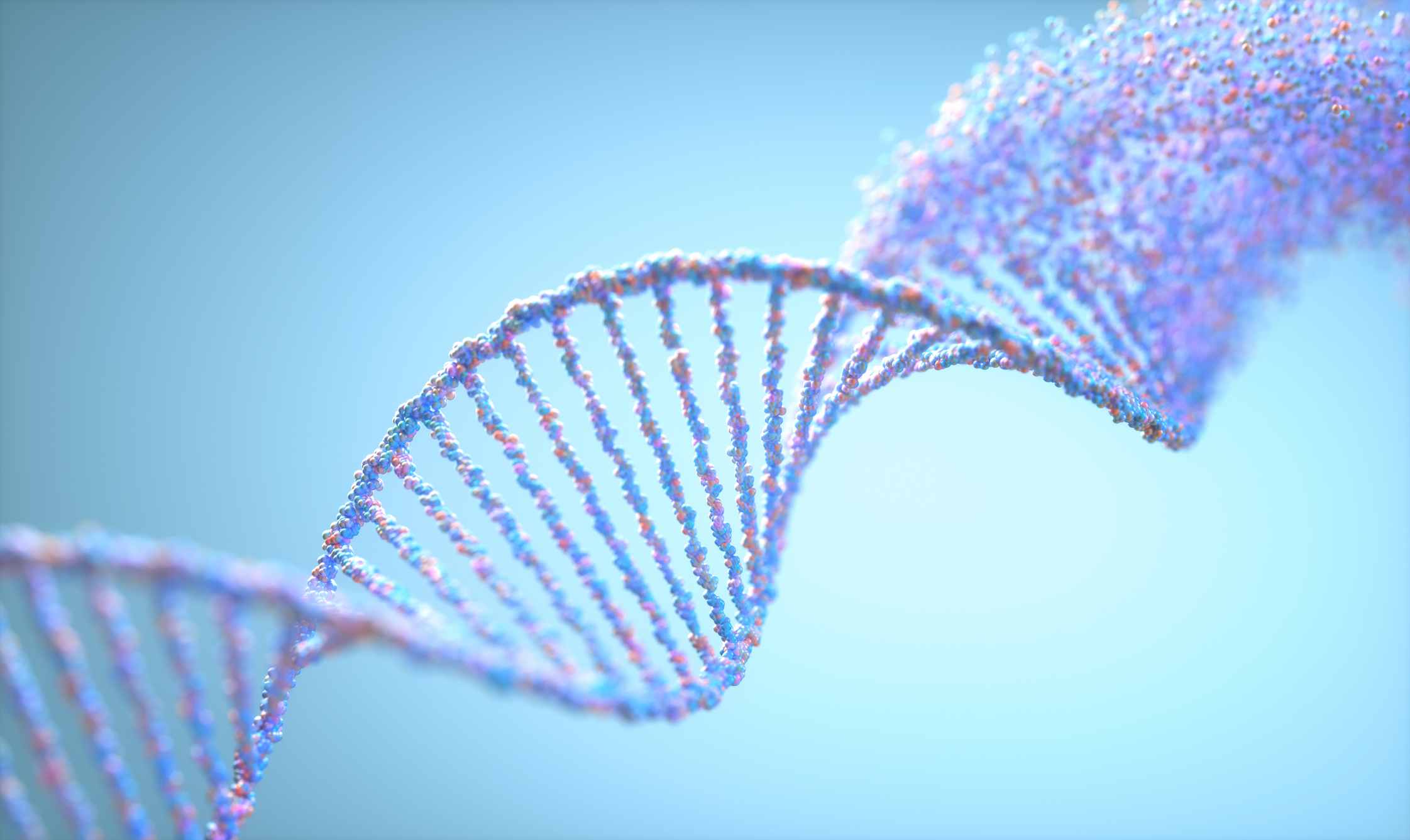
Next-Generation Sequencing
By Deepti Sharma, PhD, Clinical Laboratory Scientist; Tamara A. Vayntrub, Project Manager; Bing Melody Zhang, MD, MS, FCAP, Assistant Director, HLA Lab
SBC is now using next-generation sequencing (NGS) as the basis for its HLA typing method for both bone marrow and stem cell as well as solid organ transplants. The testing has already made a great impact, improving the success and safety of transplants for patients by helping accurately identify potential donor and patient matches before the transplants are performed. Recently, SBC validated the NGS-based chimerism testing, which brings a higher level of test sensitivity and accuracy to monitor engraftment in patients after a marrow or stem cell transplant.
Improving Organ Transplants
As a bit of background, the human leukocyte antigen, “HLA,” is a highly complex genetic system with thousands of different HLA proteins being expressed on human cell surfaces based on the unique genetic code of each individual. The HLA proteins are critical in “self” versus “non-self” distinction by our immune system, and therefore the HLA differences between the patient and organ donor play a major role in acceptance or rejection of foreign tissue for transplants.
The expression of each HLA protein is linked to each other expression genetically and is difficult to tease out on a granular level unless deep genetic examination is performed. NGS is a technology that can be applied to HLA typing based on deep sequencing of the entire HLA genes, combined with powerful bioinformatic tools. This method provides complete HLA sequence information at the HLA allele level, which improves our understanding of allele diversity and the degree of a match between patients and their transplant donors.
The Histocompatibility & Immunogenetics Laboratory (HLA Lab) at SBC has been a pioneer for more than 50 years in the discovery of a multitude of genetic variants of HLA molecules. The genetic similarity of HLA molecules between a patient and the prospective donor is crucial in determining whether or not the patient can successfully receive a transplant from that donor. Finding a volunteer marrow or stem cell donor from the general healthy population who is a perfect genetic match to the patient’s HLA variants is no easy task. The high resolution HLA typing results of solid organ transplant recipients and donors, generated from the innovative NGS-based method, also enable accurate assessment of compatibility and immunological risk before and after transplants.
Evaluating Success of Transplantation
Bone marrow and stem cell transplants are necessary most often for patients with various blood disorders, such as leukemias and lymphomas. To gauge how successful a transplant has been, medical professionals will check on two populations of cells in the patient’s blood or bone marrow: the new, healthy donor cells, and the old, possibly diseased recipient cells. If the majority of the cells in the patient post-transplant are from the healthy donor, the transplant is likely successful; if a large number are still the patient’s own cells, this signals a failing transplant and a return of disease. Often, timely treatment of a patient with a failing transplant will depend on how early and accurately the medical team can detect the reemergence of the patient’s own cells.
SBC is currently testing and validating an extremely sensitive test using NGS technology that will allow a better determination of engraftment success (stable establishment of healthy donor cells in the patient). The introduction of this technology provides the opportunity to improve the current model by using a more sensitive method that can identify very small amounts of both donor and recipient cells after the transplant, thereby increasing the ability to detect disease relapse at an early stage, sometimes even before the patient shows any physical signs of illness.
Ultimately, introduction of this pioneering laboratory technology will allow us to achieve greater accuracy, sensitivity and a quicker turnaround time for results, which can be game-changing when ensuring these life-saving transplants are successful.
Read more of winter 2021 PULSE at stanfordbloodcenter.org/pulse.
